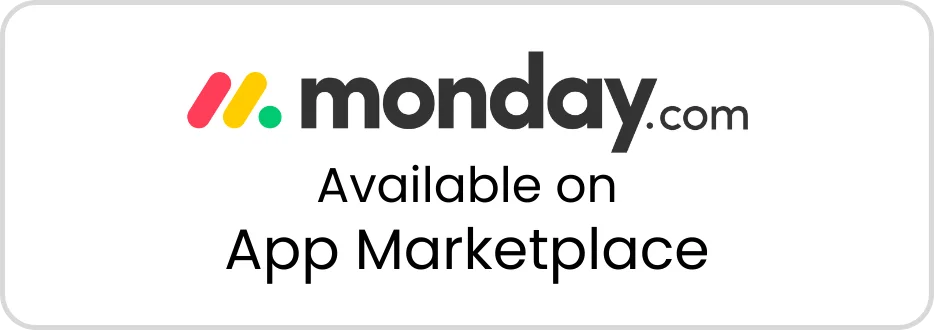Routemap for Jira
Discover our Features
With an intuitive interface and the ability to drag and drop, Jira users can easily assign tasks and manage their projects while prioritizing tasks to focus on the most valuable features.
Key Features:
- Plan & track any task in progress in a comprehensive project view.
- Product backlog prioritization, supporting RICE, ICE, Value vs Effort, WSJF, and custom prioritizing methods.
- Portfolio roadmap: Manage multiple projects, progression, and task prioritization.
- Templates for product discovery, business management, and more


Advanced roadmap for Jira
Our roadmap feature helps simplify project management:
- Build and collaborate with your team by using visual roadmaps.
- Features Timeline roadmap: Visualize project timeline, task durations, and progress.
- Releases Timeline roadmap: Track the sequence of tasks for better planning.
- Dependencies & Link issues: Manage your project like a breeze with dependencies. Acknowledge which tasks to be completed first.
- Portfolio roadmap: Outline your project’s strategic direction and key deliverables.
- Milestones: Plan milestones to notify your team about the important date or event.
Prioritization for Jira & Product discovery
Routemap for Jira offers:
- Prioritization Table: List out your features & projects in one table and start prioritizing them.
- Prioritization Matrix: Plot your features or projects based on their impact and feasibility.
- Support popular methods: Routemap supports RICE, Value vs Effort, and more.
- Custom prioritization: Empower Jira users to create their own prioritization method to satisfy their needs.
- Templates for Product Discovery: Understand the customers’ needs and focus on the most crucial features from the prioritization.

Strategic Portfolio Management, Product Discovery, and Prioritization
Frequently Asked Questions
From version 1.0.16-AC for Jira Cloud, Routemap allows mapping roadmap dates with Jira fields, date fields must be added to the issue screen from your Jira settings.
Only the issue type which has the mapped fields can be planned in the roadmap.
Cloud apps are sold as a monthly or annual subscription. You are eligible for support and automatic version updates as long as your subscription is active.
When your subscription renews each month, you are automatically billed for apps based on the number of users in your instance.
If app pricing changes after your initial purchase, there’s a 60-day grandfathering period during which you can renew based on the old pricing.
Apps are billed based on the number of users in your Atlassian product. Jira Cloud apps are priced based on the maximum users of the Jira products on your instance. For example, if you have Jira Software (50 users) and Jira Service Management (10 agents) on the same instance, you pay the 50-user price for apps.
Note: While this app has features specific to Jira Service Management and Jira Software, the app is technically available across the whole Jira instance. Therefore the above guidelines for licensing across maximum users still apply.
The pricing structure for cloud apps is as follows:
- Monthly subscriptions with up to 10 Atlassian product users are billed at a flat rate price.
- Monthly subscriptions with more than 10 users are billed per user, starting at the first user.
- Monthly subscriptions with more than 100 users are billed per user. The table above provides example pricing at various user levels.
Annual subscriptions may offer a discount depending on the number of users purchased.
Yes. Academic, community, and open source licenses are available to qualifying organizations. See our Purchasing & Licensing FAQ for more information.
For cloud apps, you cannot extend your free evaluation period. All cloud apps are immediately subscribed by a user, and we provide a free evaluation period. This is a minimum of 30 days and ends on the second billing cycle after you first subscribe to the app.




